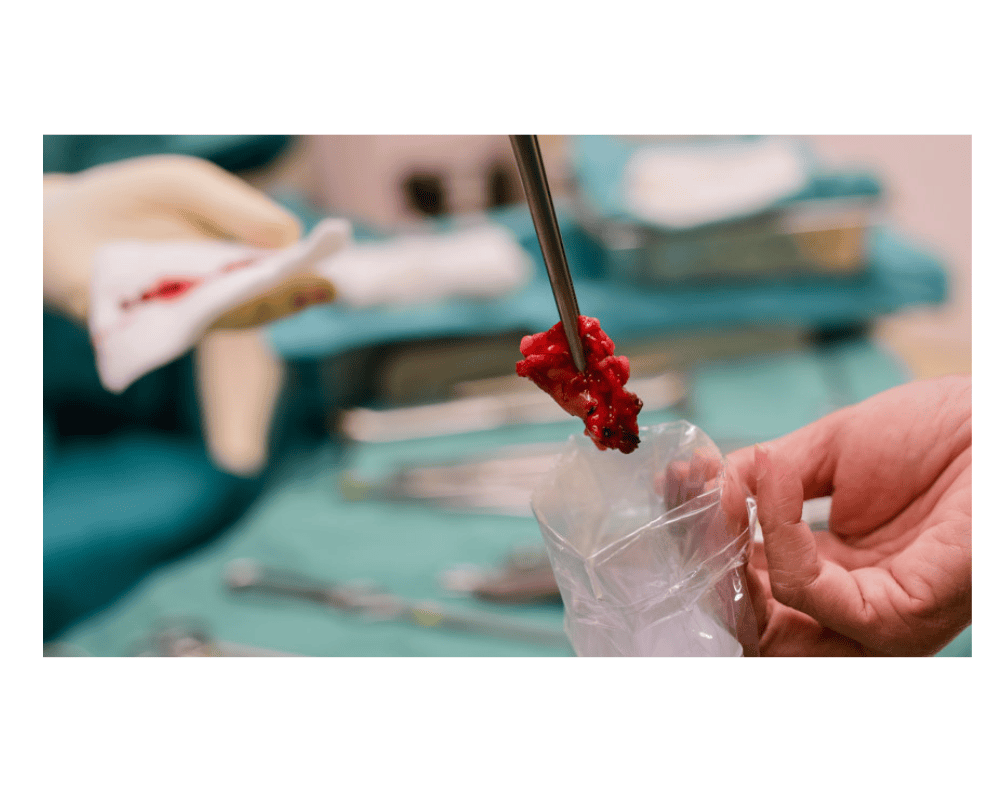Why Biopsy is Important and Not Harmful for Patients

What is a Biopsy?
A biopsy is a medical procedure that involves taking a tissue sample from a living patient. This sample helps doctors diagnose a variety of conditions, including:
- Infections and their specific types
- Cancer cells and their characteristics
- Inflammation or allergic reactions
- Foreign material, such as embedded objects
- Other conditions, such as amyloidosis
Tissue samples can come from the skin, bone, muscle, or organs like the brain. However, biopsies focus exclusively on tissue—not fluids like blood, urine, or saliva, which are analyzed differently.
A biopsy is a medical procedure that involves taking a tissue sample from a living patient. This sample helps doctors diagnose a variety of conditions, including:
- Infections and their specific types
- Cancer cells and their characteristics
- Inflammation or allergic reactions
- Foreign material, such as embedded objects
- Other conditions, such as amyloidosis
Tissue samples can come from the skin, bone, muscle, or organs like the brain. However, biopsies focus exclusively on tissue—not fluids like blood, urine, or saliva, which are analyzed differently.
How Does a Biopsy Work?
Once collected, the tissue sample is sent to a pathology lab for analysis, where it is processed in one of two ways:
- Frozen: Used for rapid results, such as during surgery.
- Dehydrated and embedded in wax: The standard method for detailed analysis, taking 24 hours or more.
The tissue is sliced into ultra-thin sections—just 5 microns thick—to allow light to pass through for microscopic examination. Dyes are applied to highlight cellular structures, making it easier to identify benign or malignant cells.
Once collected, the tissue sample is sent to a pathology lab for analysis, where it is processed in one of two ways:
- Frozen: Used for rapid results, such as during surgery.
- Dehydrated and embedded in wax: The standard method for detailed analysis, taking 24 hours or more.
The tissue is sliced into ultra-thin sections—just 5 microns thick—to allow light to pass through for microscopic examination. Dyes are applied to highlight cellular structures, making it easier to identify benign or malignant cells.
Advanced Techniques in Biopsy Analysis
Pathologists use modern tools to enhance diagnosis:
- Antigen detection: Identifies proteins and sugars unique to specific diseases.
- Genetic testing: Detects mutations, like EGFR in lung cancer, to guide targeted therapies.
- Immunotherapy markers: Tests for antigens like PD-L1 to determine eligibility for treatments such as pembrolizumab or nivolumab.
Pathologists use modern tools to enhance diagnosis:
- Antigen detection: Identifies proteins and sugars unique to specific diseases.
- Genetic testing: Detects mutations, like EGFR in lung cancer, to guide targeted therapies.
- Immunotherapy markers: Tests for antigens like PD-L1 to determine eligibility for treatments such as pembrolizumab or nivolumab.
Types of Biopsies
Biopsies are categorized based on the method of sample collection:
- Curettage: Scraping cells from surfaces, like skin or the uterus lining.
- Punch (Tru-Cut): Cylindrical tools extract core tissue samples, commonly used for skin, breast, liver, and bone marrow biopsies.
- Blade: Performed during surgery to obtain larger fragments of tissue.
- Larger Specimens: Includes surgically removed tumors, organs, or amputations.
Biopsies are categorized based on the method of sample collection:
- Curettage: Scraping cells from surfaces, like skin or the uterus lining.
- Punch (Tru-Cut): Cylindrical tools extract core tissue samples, commonly used for skin, breast, liver, and bone marrow biopsies.
- Blade: Performed during surgery to obtain larger fragments of tissue.
- Larger Specimens: Includes surgically removed tumors, organs, or amputations.
Do Biopsies Hurt?
Biopsies may cause some discomfort, but physicians typically use anesthesia:
- Topical or local anesthesia: For procedures like curettage or punch biopsies.
- General anesthesia: For more invasive procedures, such as organ removal or amputations.
Biopsies may cause some discomfort, but physicians typically use anesthesia:
- Topical or local anesthesia: For procedures like curettage or punch biopsies.
- General anesthesia: For more invasive procedures, such as organ removal or amputations.
Specific Biopsies for Cancer Diagnosis
- Bone Marrow Biopsy: Diagnoses blood cancers like leukemia or lymphoma.
- Punch Biopsy: Commonly used for skin cancers, breast cancer, and soft tissue tumors.
- Bone Marrow Biopsy: Diagnoses blood cancers like leukemia or lymphoma.
- Punch Biopsy: Commonly used for skin cancers, breast cancer, and soft tissue tumors.
Why Do Doctors Recommend Biopsies?
- Confirm Diagnosis: To examine tissue under a microscope for cancer or other diseases.
- Personalized Treatment: Molecular analysis helps identify genetic mutations, enabling tailored cancer therapies.
Biopsies are essential for accurate diagnoses and for determining eligibility for treatments like targeted therapy or immunotherapy, ensuring patients receive the most effective care.
- Confirm Diagnosis: To examine tissue under a microscope for cancer or other diseases.
- Personalized Treatment: Molecular analysis helps identify genetic mutations, enabling tailored cancer therapies.
Biopsies are essential for accurate diagnoses and for determining eligibility for treatments like targeted therapy or immunotherapy, ensuring patients receive the most effective care.
The Importance of Biopsies
Biopsies are a cornerstone of modern medicine. By providing detailed insights into a patient’s condition at a cellular and molecular level, they allow doctors to develop precise treatment plans, improving patient outcomes and advancing personalized medicine.
Biopsies are a cornerstone of modern medicine. By providing detailed insights into a patient’s condition at a cellular and molecular level, they allow doctors to develop precise treatment plans, improving patient outcomes and advancing personalized medicine.
